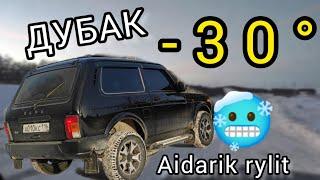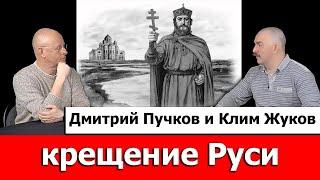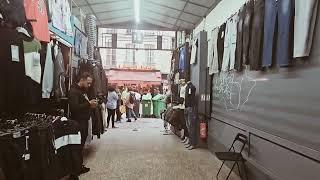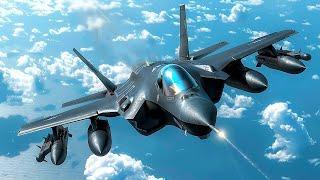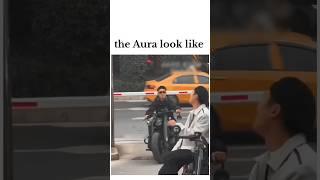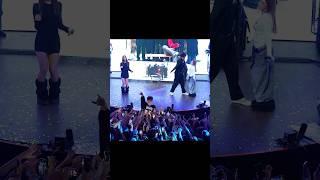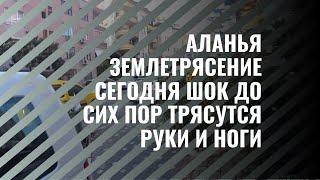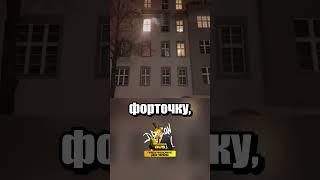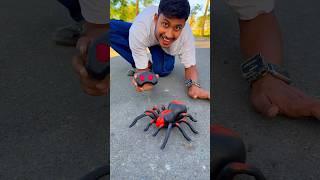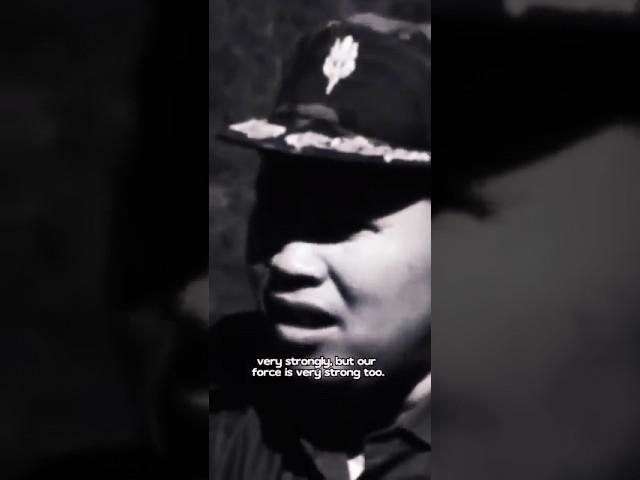
Bite Size Hmong History: AP visits Pha Vieng after Royal Lao Army took it back from Vietminh (1970)
During the CIA’s Secret War in Laos, the weather conditions in the Plain of Jars and surrounding regions, including Pha Vieng, played a crucial role in influencing military operations for both the Royal Lao Army and the Pathet Lao/Vietnamese forces. The weather conditions favored one side or the other based on their tactics and resources:
1. Dry Season (November to April)
• Favors: Royal Lao Army (RLA) and U.S.-backed Hmong forces
• Air Support: The clear skies and dry conditions allowed U.S. Air Force and CIA-supported aircraft to conduct extensive bombing campaigns, reconnaissance, and air support for the Royal Lao Army. Air power was a major advantage for the RLA, and the Pathet Lao forces often suffered heavy losses during this time.
• Mobility: Dry terrain enabled better movement for mechanized units and supply convoys, giving an edge to the Royal Lao forces.
2. Rainy Season (May to October)
• Favors: Pathet Lao and North Vietnamese forces
• Reduced Air Support: The monsoon rains and overcast skies limited the effectiveness of U.S. air support. Aircraft struggled with visibility, and bombing accuracy decreased, reducing the RLA’s main advantage.
• Logistics Challenges: The rains made roads impassable and disrupted the Royal Lao Army’s supply lines. Meanwhile, the Pathet Lao and North Vietnamese, experienced in guerrilla warfare, were adept at using footpaths and jungle trails that remained operational.
• Guerrilla Tactics: The dense vegetation, enhanced by the rains, provided excellent cover for Pathet Lao and North Vietnamese guerrilla forces, allowing them to ambush RLA units and move supplies undetected.
Key Tactical Implications
• Monsoons: The Pathet Lao forces often launched major offensives during the rainy season, taking advantage of the RLA’s logistical and mobility struggles.
• Dry Weather Counteroffensives: Conversely, the RLA and their U.S. allies prioritized counteroffensives during the dry season to capitalize on air superiority and logistical efficiency.
By aligning their operations with these weather conditions, both sides attempted to maximize their strengths and exploit the weaknesses of their opponents.
#苗族
#苗族历史
#苗族生活
#ມ້ງ #ປະຫວັດມ້ງ
#ຊີວິດມ້ງ
#ม้ง #ประวัติศาสตร์ม้ง
#ชีวิตม้ง
#NgườiHMông
#LịchSửHMông
#CuộcSốngHMông
#Hmong
#HmongHistory
#HmongLife
#hmoob
#hmoobkeebkwm
1. Dry Season (November to April)
• Favors: Royal Lao Army (RLA) and U.S.-backed Hmong forces
• Air Support: The clear skies and dry conditions allowed U.S. Air Force and CIA-supported aircraft to conduct extensive bombing campaigns, reconnaissance, and air support for the Royal Lao Army. Air power was a major advantage for the RLA, and the Pathet Lao forces often suffered heavy losses during this time.
• Mobility: Dry terrain enabled better movement for mechanized units and supply convoys, giving an edge to the Royal Lao forces.
2. Rainy Season (May to October)
• Favors: Pathet Lao and North Vietnamese forces
• Reduced Air Support: The monsoon rains and overcast skies limited the effectiveness of U.S. air support. Aircraft struggled with visibility, and bombing accuracy decreased, reducing the RLA’s main advantage.
• Logistics Challenges: The rains made roads impassable and disrupted the Royal Lao Army’s supply lines. Meanwhile, the Pathet Lao and North Vietnamese, experienced in guerrilla warfare, were adept at using footpaths and jungle trails that remained operational.
• Guerrilla Tactics: The dense vegetation, enhanced by the rains, provided excellent cover for Pathet Lao and North Vietnamese guerrilla forces, allowing them to ambush RLA units and move supplies undetected.
Key Tactical Implications
• Monsoons: The Pathet Lao forces often launched major offensives during the rainy season, taking advantage of the RLA’s logistical and mobility struggles.
• Dry Weather Counteroffensives: Conversely, the RLA and their U.S. allies prioritized counteroffensives during the dry season to capitalize on air superiority and logistical efficiency.
By aligning their operations with these weather conditions, both sides attempted to maximize their strengths and exploit the weaknesses of their opponents.
#苗族
#苗族历史
#苗族生活
#ມ້ງ #ປະຫວັດມ້ງ
#ຊີວິດມ້ງ
#ม้ง #ประวัติศาสตร์ม้ง
#ชีวิตม้ง
#NgườiHMông
#LịchSửHMông
#CuộcSốngHMông
#Hmong
#HmongHistory
#HmongLife
#hmoob
#hmoobkeebkwm
Тэги:
#CIA_secret_war #Hmong_history #Hmoob_keeb_kwm #Hmong #Hmoob #Laos #Vietnam_warКомментарии:
Клим Жуков про крещение Руси
StalinHDTV
Здесь страшновато, но весело! Прогулка по 10му округу Парижа. Театр Антуан и пассаж Бради
FRENCH EYES by Лягушка TV




